Tentacles of biomimicry have entered into the technology realm as well and hence we are witnessing robots derived from the workings of mother nature. Researchers are working towards developing designs that might bestow the animal capabilities to machines.
Cats Inspired E-Whiskers
Electronic whiskers are one such offshoot created by the researchers at the Berkeley Lab. They fabricated this design using carbon nanotubes and silver nanoparticles. With this it seems after eclipsing the Silicon, the CNTs would now make its presence felt among robotics as well.
These artificial whiskers are made to withstand pressure as low as 1 Pascal, and the functioning is very much similar to that of animals, were the latter employ them for navigation and food hunt.
The e-whiskers are highly responsive tactile sensor. Their ability of mapping the 2D and 3D movement of air is quite a remarkable feature. Researchers envision of employing these sensors for bots during tight space operations or wearable medical sensors.
After e-skin and e-eyes, the world of nanotechnology would now be witnessing e- whiskers. How cool is that!
Penguin Inspired Underwater Rocket
Flavio Noca, an aerodynamics professor at the University of Applied Sciences Western Switzerland (hepia) and the Swiss Federal Institute of Technology (EPFL) got inspired from penguins’ “rocket” properties that he created new propulsion technologies with high maneuverability and improved hydrodynamic efficiency.
Researchers are still not able to build a prototype as far as swimming of penguins are concerned but professor Noca is hopeful that his concept might help contemporaries in developing a similar model. And that they would be able to better understand the physics involved behind the swift flight undertaken by the polar paddlers beneath the water.
Vascular Plants Inspired Microswimmers
Researchers from the University of California, San Diego created the helical microswimmers, which are derived from spiral water-conducting vessels of different plants. Once the spiral vessels were obtained, (from plants) they were introduced with thin layers of Ti and Ni layers over the surface, followed by dicing.
When they were exposed to an external magnetic field, it was observed that the tiny swimmers initiated self-propulsion through biological fluids with a speed of over 250 μm/s.
Researchers envision that the new mechanism involving plant vessels would save on huge investment in terms of fabrication and production costs and would definitely going to be an effective solution.
Lizard Inspired Gecko Bot
Fabricated by a research team in Canada, the gecko robot is an inspiration from Lizard. The bot can walk across a vertical wall without any difficulty. Setae or the dry microscopic toe hair is responsible for the sticking mechanism.
The biologically inspired engineering is way too ahead if we talk about various sci-fi flicks but time is not far when we would actually be witnessing the same in reality. Reminds me of a quote said by Vinci,
Those who are inspired by a model other than Nature, a mistress above all masters, are laboring in vain.

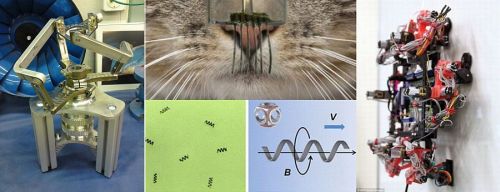
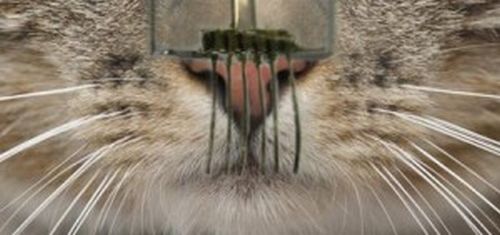
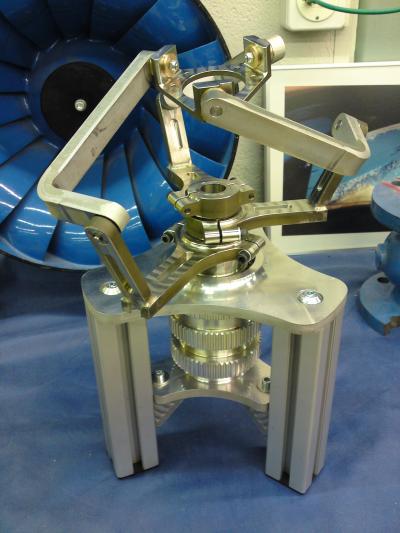
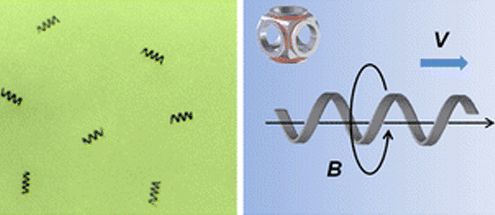
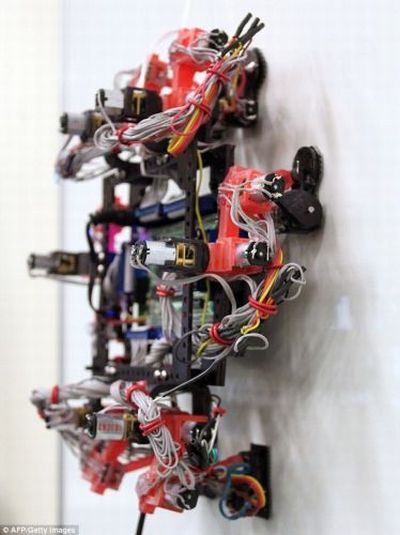
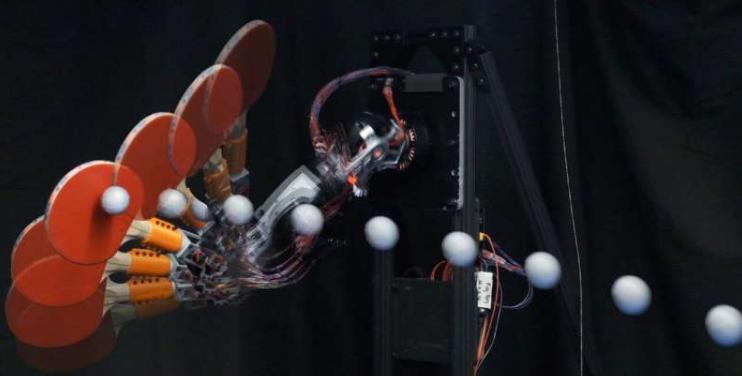
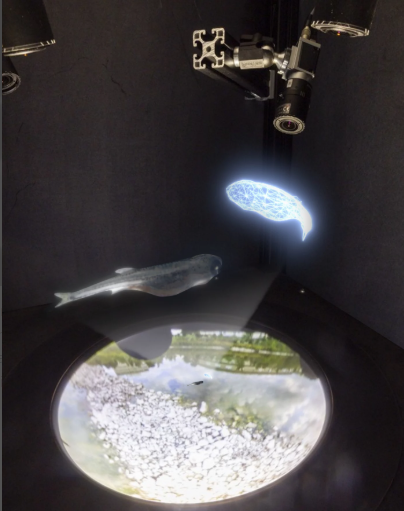
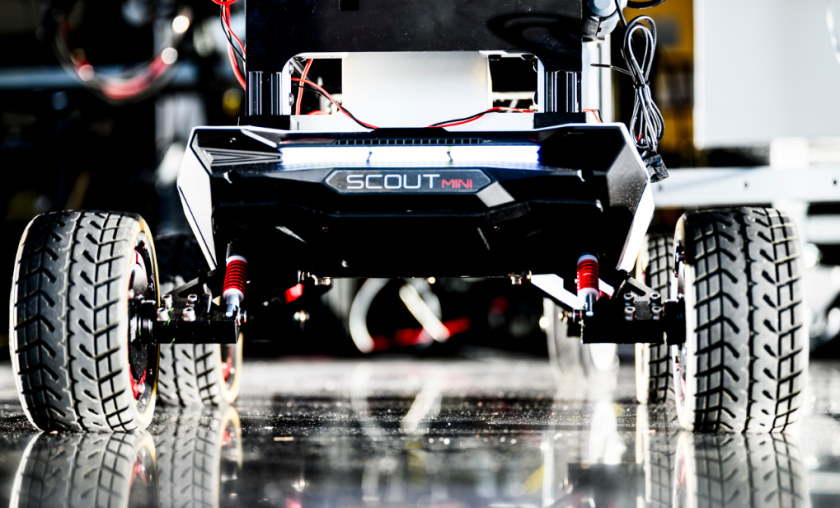
[…] for several print magazines as well as technology blogs. And currently she is working on a project biomimicry in robotics and laser […]
[…] Researchers are working towards developing designs that might bestow the animal capabilities to machines. […]